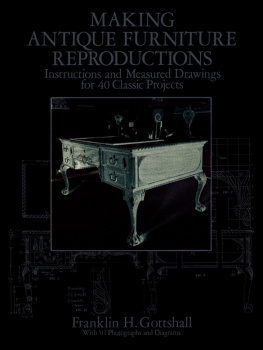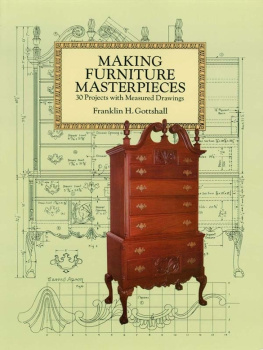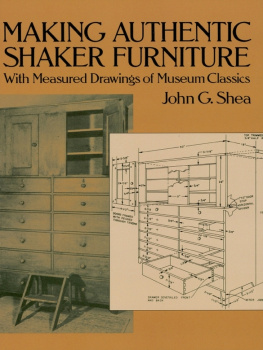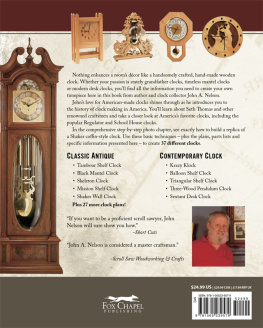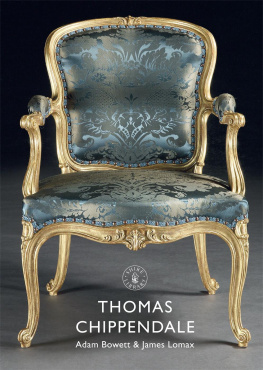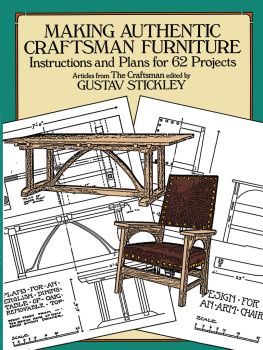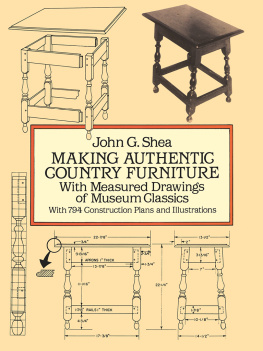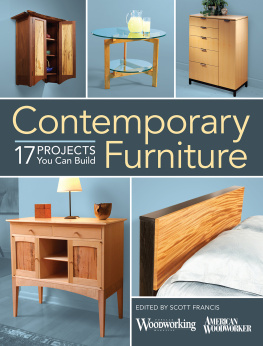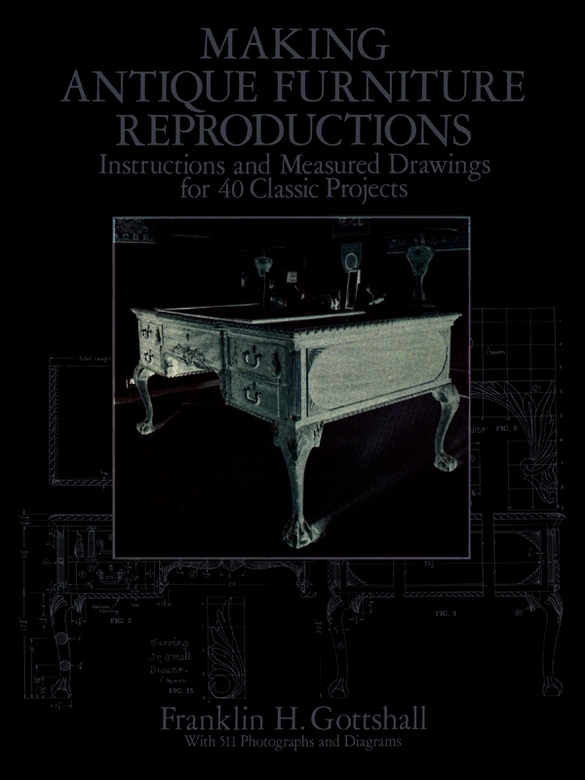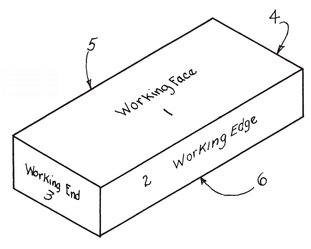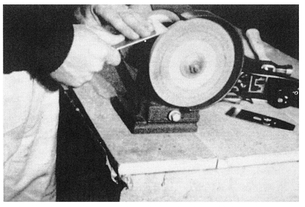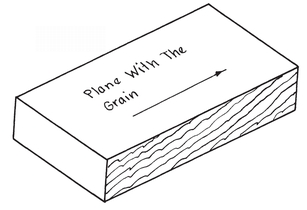Franklin H. Gottshall - Making Antique Furniture Reproductions: Instructions and Measured Drawings for 40 Classic Projects
Here you can read online Franklin H. Gottshall - Making Antique Furniture Reproductions: Instructions and Measured Drawings for 40 Classic Projects full text of the book (entire story) in english for free. Download pdf and epub, get meaning, cover and reviews about this ebook. year: 2012, publisher: Dover Publications, genre: Children. Description of the work, (preface) as well as reviews are available. Best literature library LitArk.com created for fans of good reading and offers a wide selection of genres:
Romance novel
Science fiction
Adventure
Detective
Science
History
Home and family
Prose
Art
Politics
Computer
Non-fiction
Religion
Business
Children
Humor
Choose a favorite category and find really read worthwhile books. Enjoy immersion in the world of imagination, feel the emotions of the characters or learn something new for yourself, make an fascinating discovery.
- Book:Making Antique Furniture Reproductions: Instructions and Measured Drawings for 40 Classic Projects
- Author:
- Publisher:Dover Publications
- Genre:
- Year:2012
- Rating:3 / 5
- Favourites:Add to favourites
- Your mark:
Making Antique Furniture Reproductions: Instructions and Measured Drawings for 40 Classic Projects: summary, description and annotation
We offer to read an annotation, description, summary or preface (depends on what the author of the book "Making Antique Furniture Reproductions: Instructions and Measured Drawings for 40 Classic Projects" wrote himself). If you haven't found the necessary information about the book — write in the comments, we will try to find it.
With this profusely illustrated guide, even beginning woodworkers can build precise reproductions of the most sought-after antique furniture heirloom pieces by Sheraton, Hepplewhite, Duncan, Phyfe, Chippendale, and other celebrated craftsmen. Its possible by following the simple, step-by-step procedures outlined in this expert manual.
Youll learn how to construct such magnificent antiques as a Chippendale flat-topped partners desk, Queen Anne handkerchief table, Sheraton drop-leaf dining table, Hepplewhite four-poster bed, grandfather clock, Queen Anne spice cabinet, and many more. Every step is clearly explained and illustrated, with remarkably detailed and precise construction drawings, accompanied by exact measurements. Youll even find superb photographs of the finished pieces.
The book begins with an expert introduction to the fundamentals of cabinetmaking and woodworking: how to cut, square, and plane lumber; the use and care of hand tools; and then clear explanations of such processes as joinery, drawer construction, dovetailing, wood turning, gluing, bull and claw foot carving, and other wood carving details as well as how to choose the correct stock. Also included is a wealth of time-tested advice on selecting hardware, finishing, and other aspects of the craft.
No matter what your level of woodworking expertise novice to expert the exceptionally precise and well-thought-out instructions and diagrams in this book will enable you to craft beautiful and authentic antique furniture youll be proud to use and display for years to come.
Franklin H. Gottshall: author's other books
Who wrote Making Antique Furniture Reproductions: Instructions and Measured Drawings for 40 Classic Projects? Find out the surname, the name of the author of the book and a list of all author's works by series.

